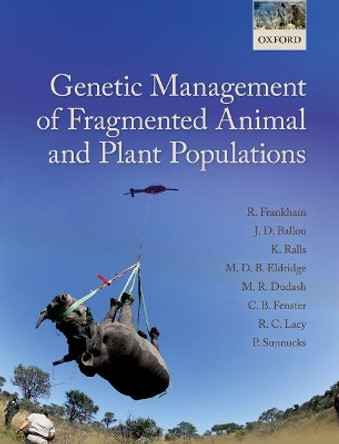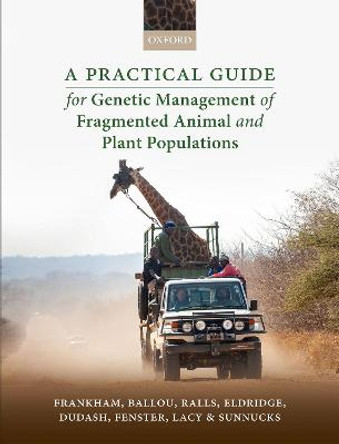Habitat fragmentation is one of the most ubiquitous and serious environmental threats confronting the long-term survival of plant and animal species worldwide. As species become restricted to remnant habitats, effective management for long-term conservation requires a quantitative understanding of the genetic and demographic effects of habitat fragmentation, and the implications for population viability. This book provides a detailed introduction to the genetic and demographic issues relevant to the conservation of fragmented populations such as demographic stochasticity; genetic erosion; inbreeding; metapopulation biology and population viability analysis. Also presented are two sets of case studies, one on animals, the other on plants, which illustrate a variety of approaches, including the application of molecular genetic markers, the investigation of reproductive biology, and the combination of demographic monitoring and modeling, to examine long-term population viability.
A detailed introduction to the genetic and demographic issues relevant to the conservation of fragmented populations.Reviews'I really enjoyed some of the case studies ... understanding deterministic decline and its cure represents the greatest challenges to conservation biology. However, Clarke and Young show that understanding small-population processes might help maintain populations until 'the patient' can be cured.' Ken Norris, Biologist
Book InformationISBN 9780521794213
Author Andrew G. YoungFormat Paperback
Page Count 460
Imprint Cambridge University PressPublisher Cambridge University Press
Weight(grams) 670g
Dimensions(mm) 229mm * 152mm * 26mm






